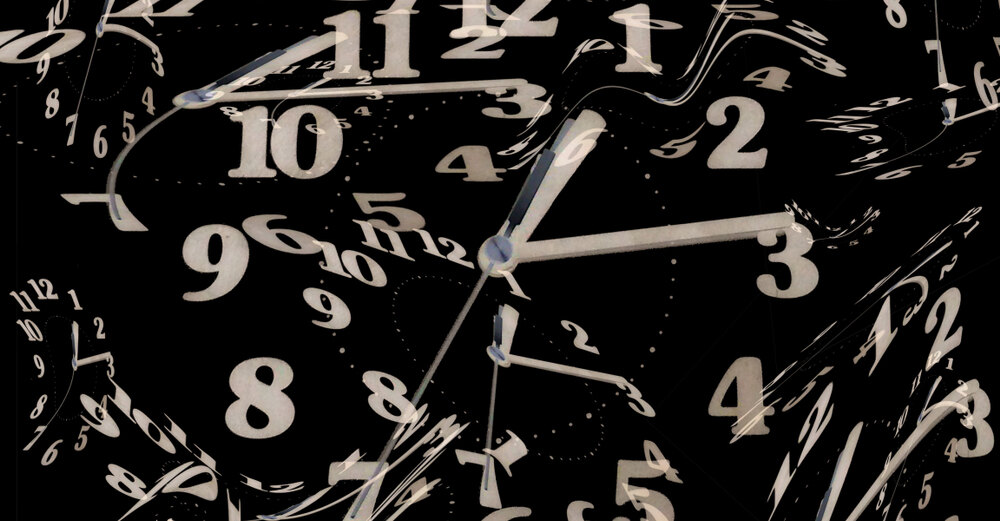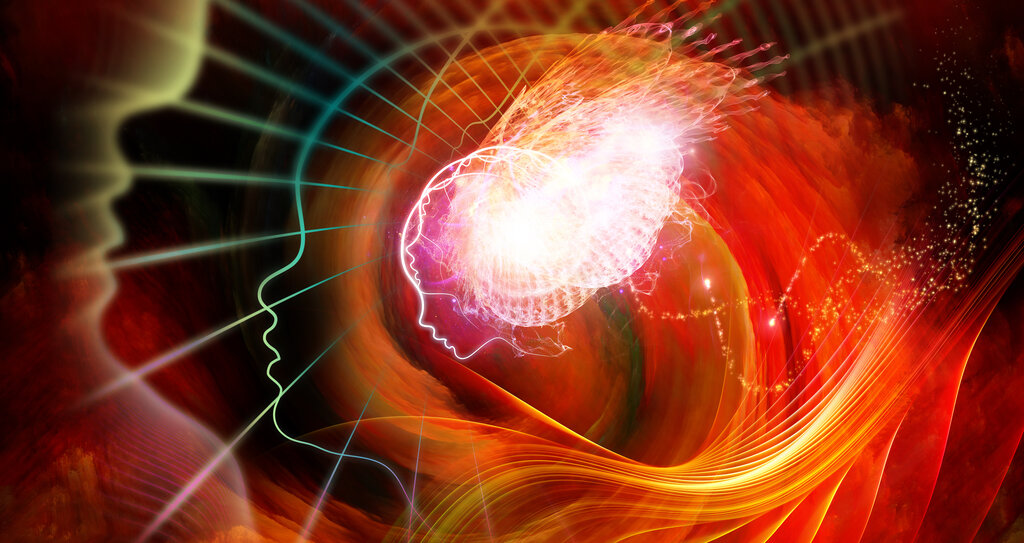Elastic Minutes and Eternal Moments: How Psychedelics Alter the Perception of Time
Time distortion is one of the classic effects of psychedelics (although I rarely see this mentioned as an expected effect of psychedelics on educational, retreat, and therapy sites). I think that time distortion needs to be discussed more from a harm reduction point of view: many challenging experiences are related to alterations to one’s perception…
View Post



